Monday, April 28th 2025
Not often do you see fashion and ceramic work mixed, but that’s exactly what Japanese ceramicist Takuro Kuwata did back in 2020 when he collaborated with Loewe for their F/W collection, crafting brooches, embellishments, bodices and accessories for the famous fashion house. And after seeing any piece made by Kuwata, you can tell why Loewe (or any fashion brand for that matter) would love to collaborate with this free-spirited craftsman. His work combines the perfect levels of beauty, weirdness and uniqueness – saying his sculptures are eye-catching is almost an understatement, as they grab your attention as soon as you notice them and they refuse to let you go.
"If there's something Kumata does, it's push the boundaries of what ceramic work is supposed to be."
Born in Hiroshima in 1981 and based in Gifu, Kuwata is well-known for his stunningly vibrant pottery, often coated in thick metallic crackled glaze. He currently works from his studio in Toki, which sits on a large clay basin in a rural city, known for “some of the greatest producers of Japanese pottery”, according to Nuda Paper. His traditional education, mastery and background give him the freedom to bend and test the rules of clay like very few can. His experiments result in serendipitous works, which certainly makes him stand out within the current landscape. “Bold” and “daring” are common adjectives for his pieces, as he’s a highly-skilled artist.
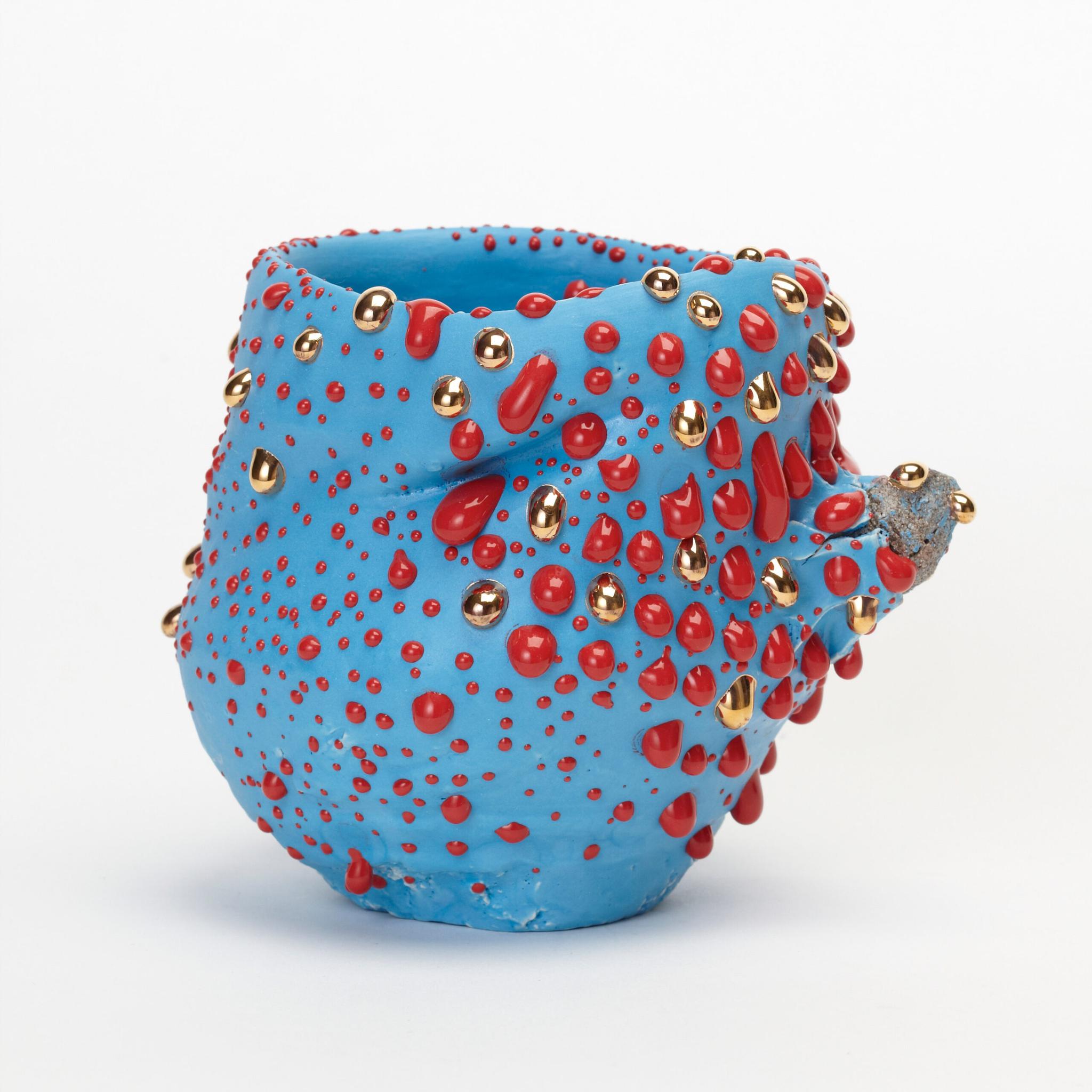
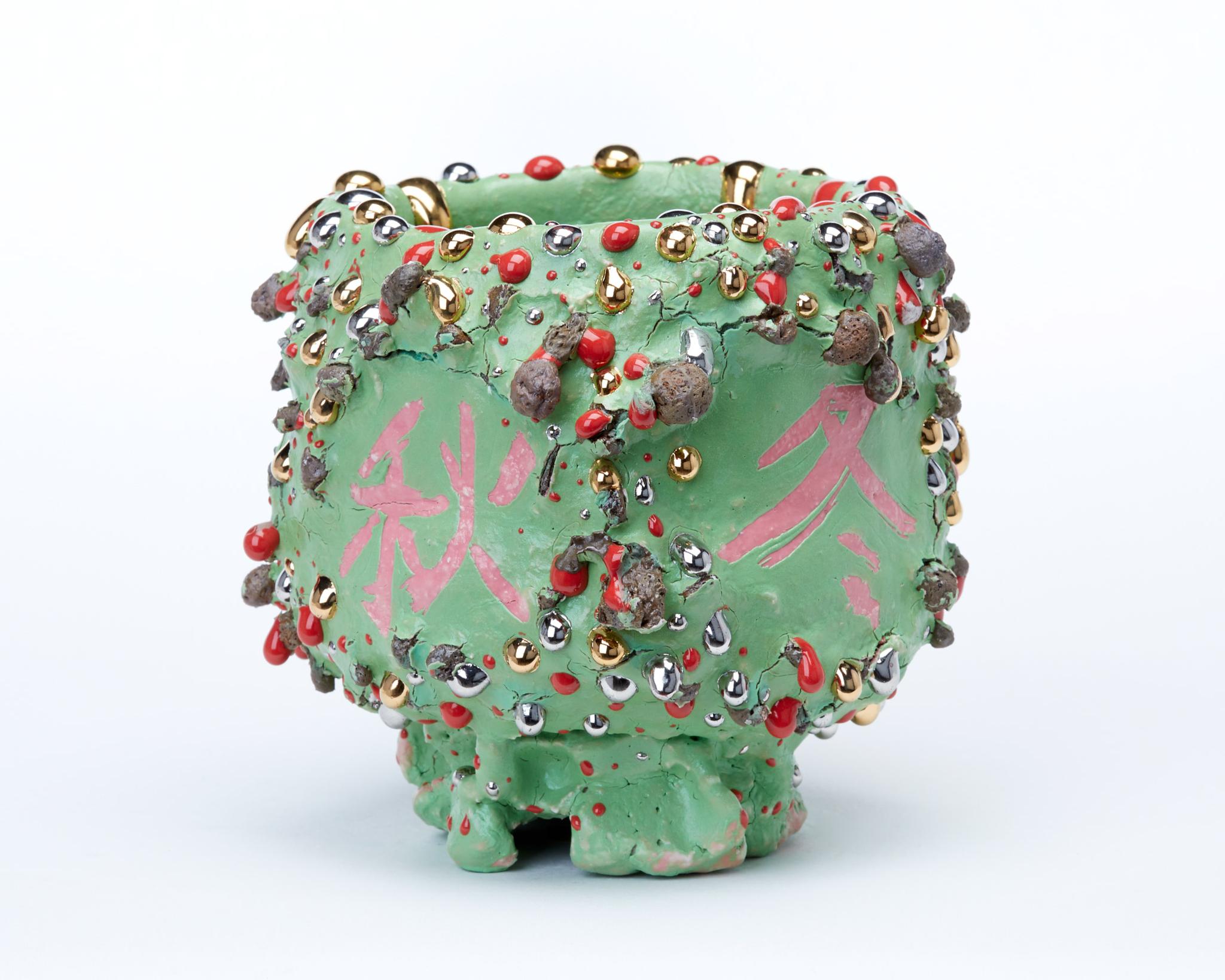
If there’s something Kuwata does, it’s push the boundaries of what ceramic work is supposed to be. Experimentation is key for him and you can deduct this just by looking at his Instagram, as he explores with different textures and shapes, all different but tied together by the same aesthetic. He takes tradition and takes it one step further, as this review states: “his works take influence from the Japanese tea ceremony tradition, Sen no Rikyu, or the Japanese “way of tea” and the wabi-cha style and are all unique and functionally beautiful. In the manner of a tea ceremony, he politely pours us some drinks, we discuss his work including the cups the tea was served in. From his color choices inspired by Italian furniture, to explaining his favorite exhibition at the Tate Modern and his deep love for 90s hip hop, he surely has a deep understanding of culture – not only of his own”.
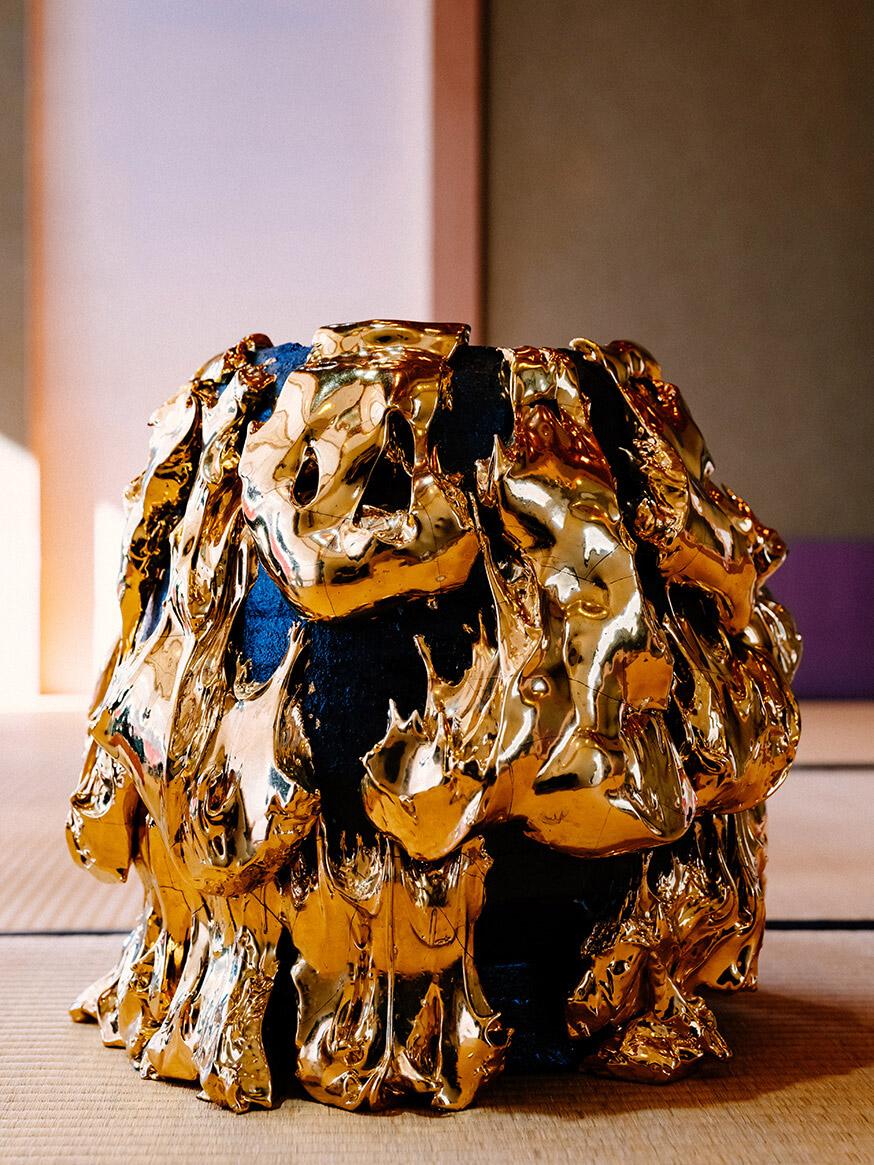
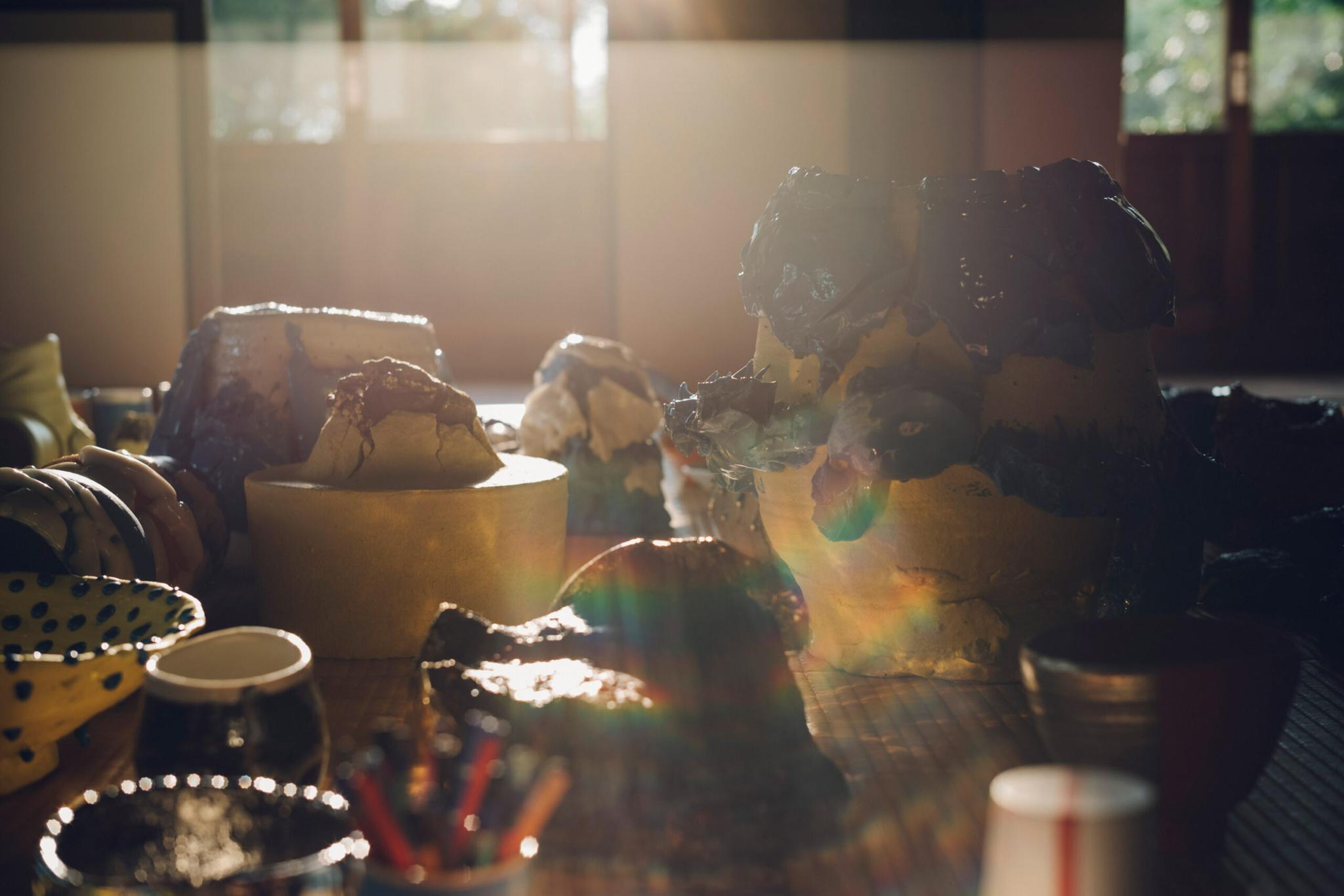
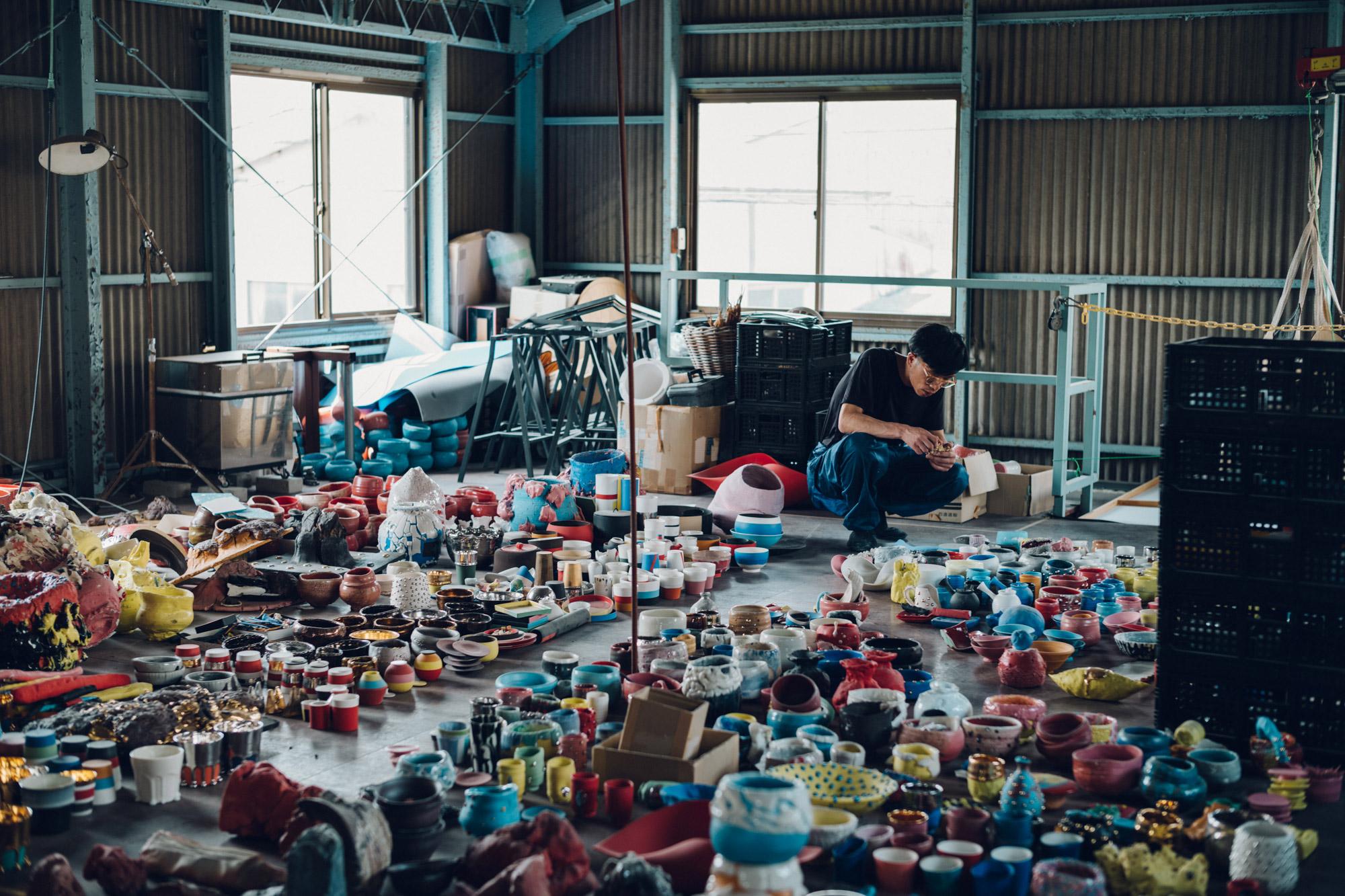
When asked about his own thoughts on reworking tradition, Kuwata says: “In order to deepen my knowledge of ceramics, I moved and started working in the Gifu Prefecture – the center of historic tea ceremony ceramics production. As soil can be easily extracted in this area, it has long been a place of ceramics production for both industry and artists. A tradition in itself is made up of both the tradition to pass down a technique, along with the tradition of inheriting a will or a purpose. Some tea masters and traditionalists, who have understood my sentiment, have shown me many invaluable historical artifacts over the years that have been used in tea ceremonies. They have also taught me the historical background of the tea ceremony as well as the values tied to the art. This is how the tea bowl became an object of inspiration for me, as well as a subject of my work. I think it can be a good thing to continue to mediate the old traditional techniques while simultaneously creating new traditions according to what is possible in today’s technical era. I was once told by a tea master to make sure to “deliver my work without distorting my initial expression”.
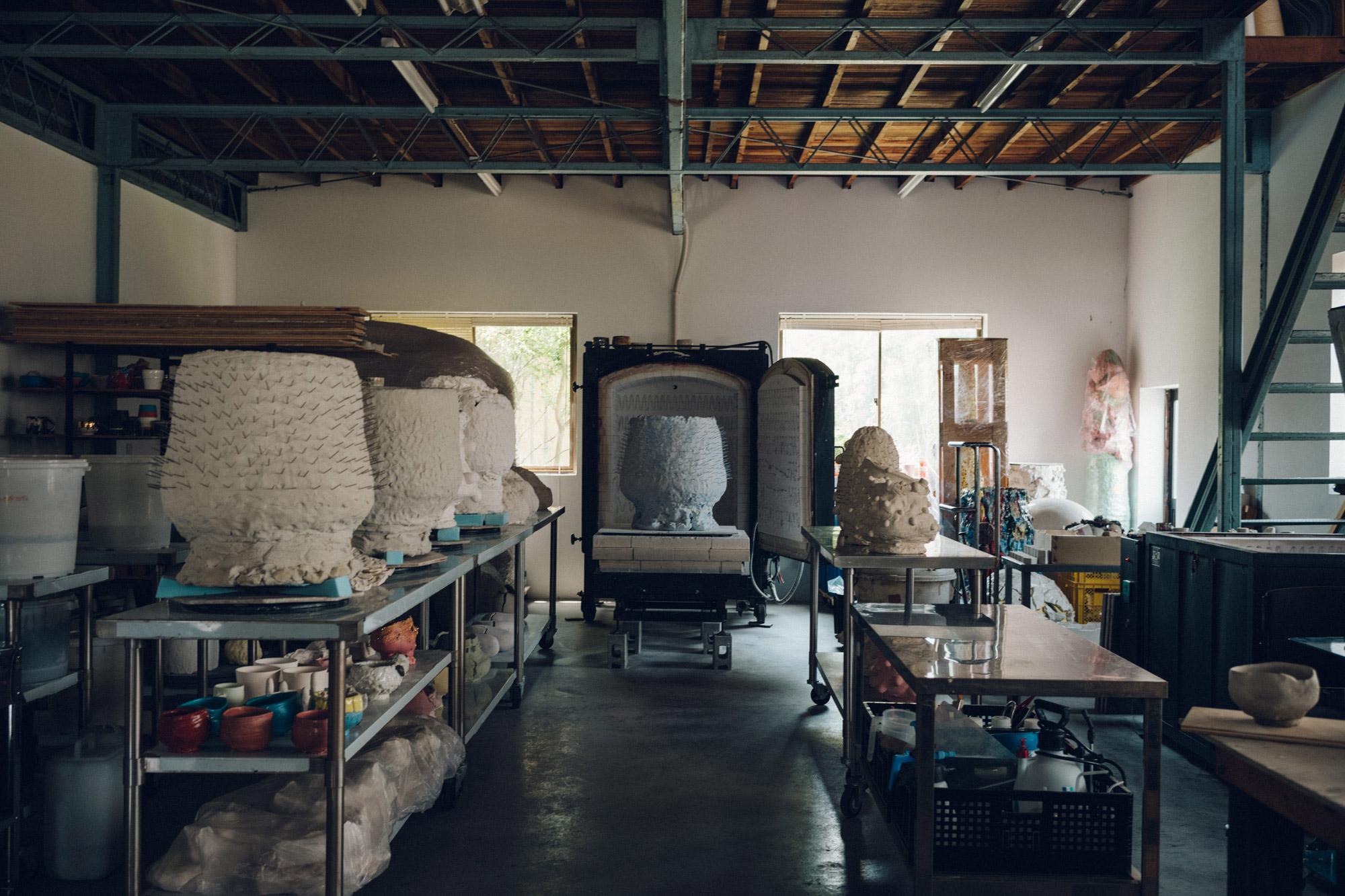
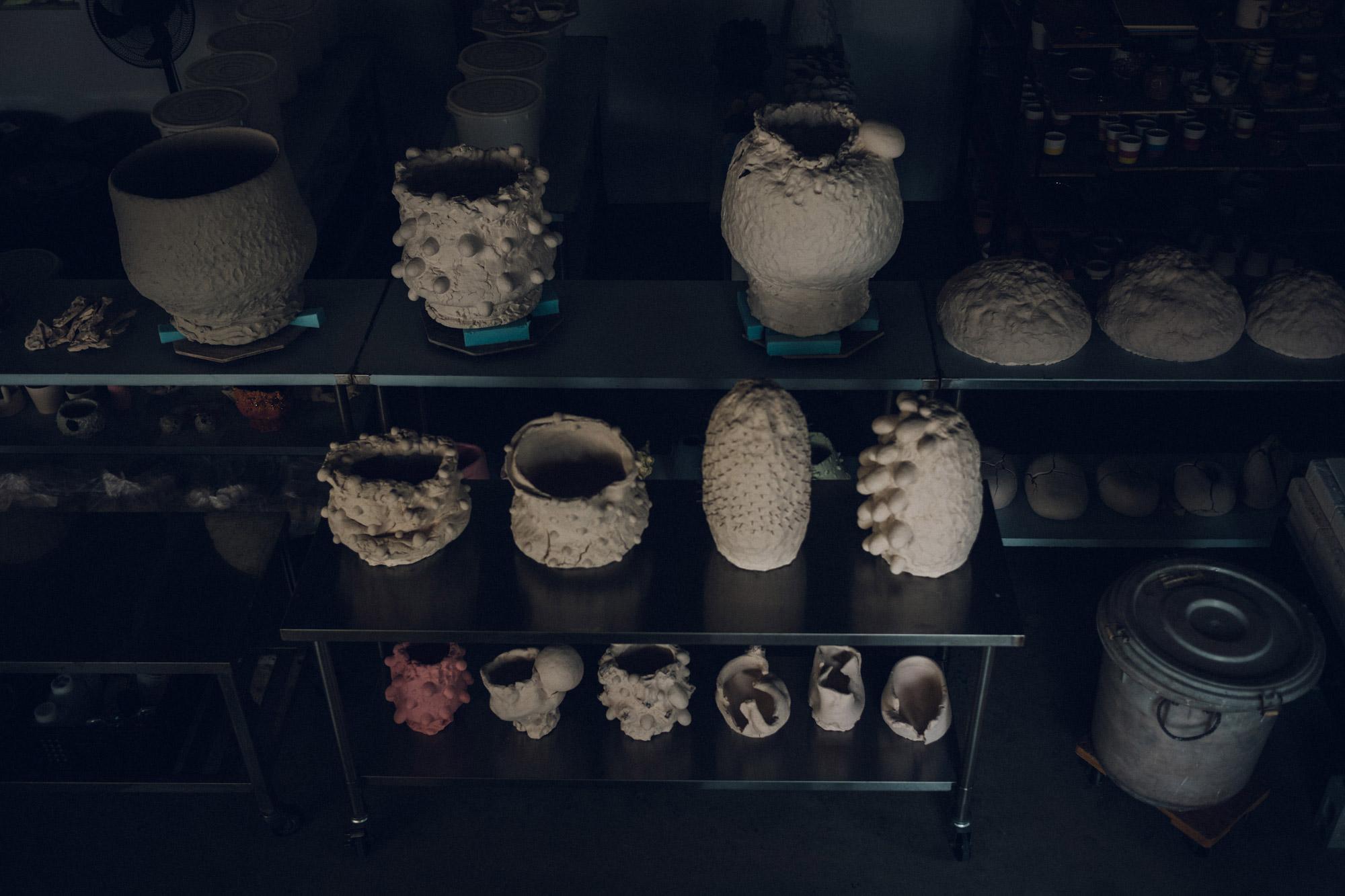
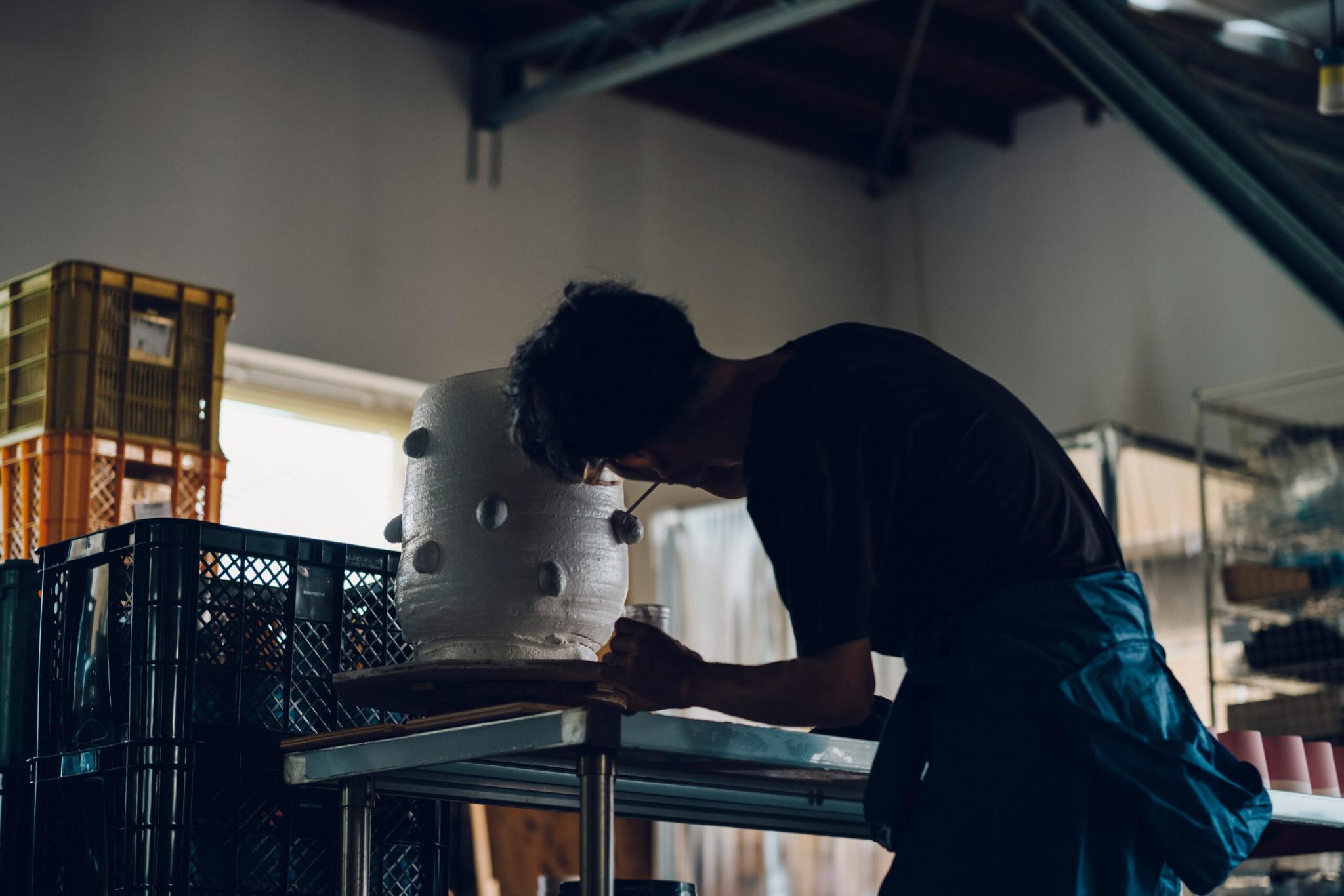
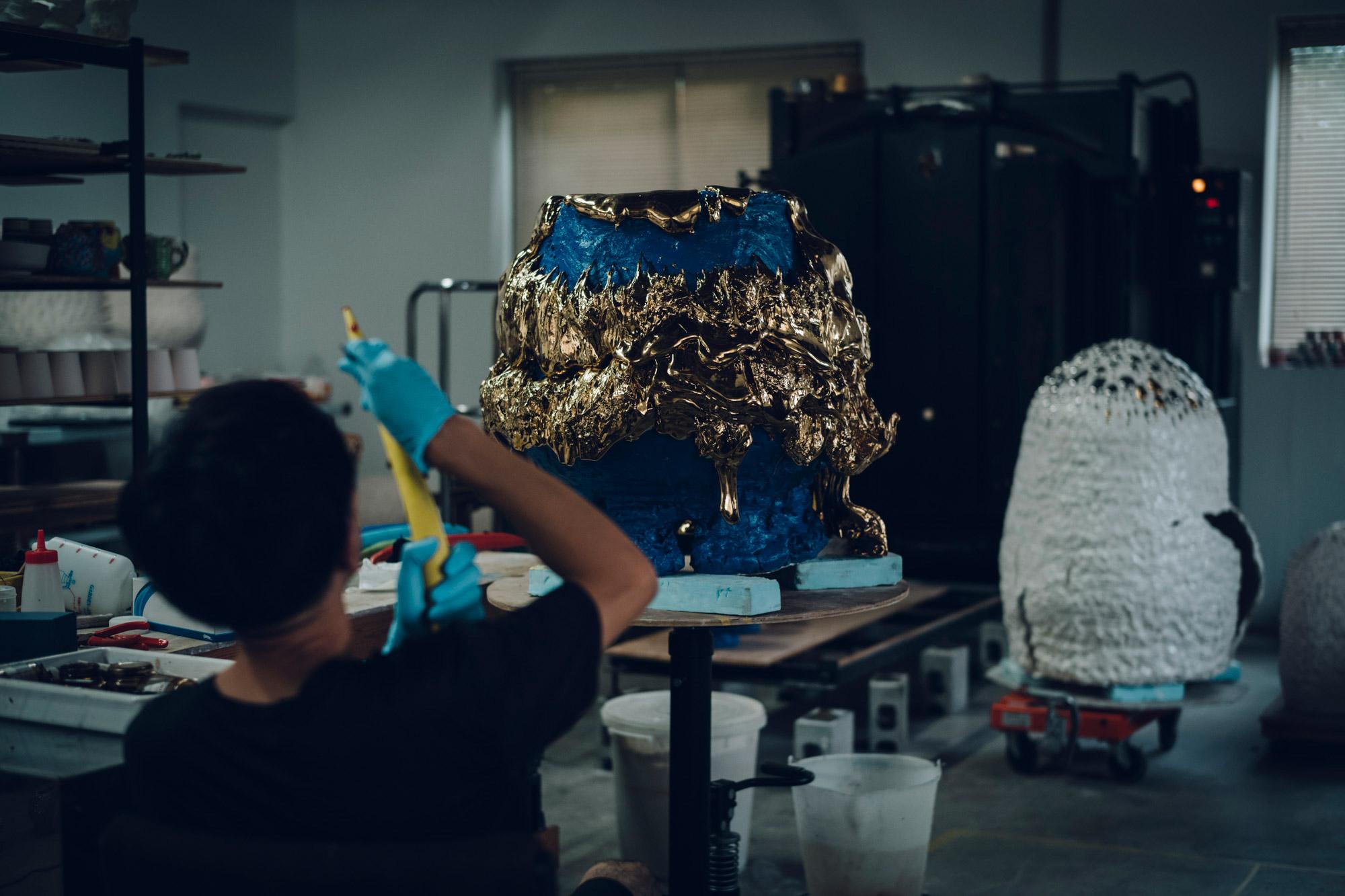
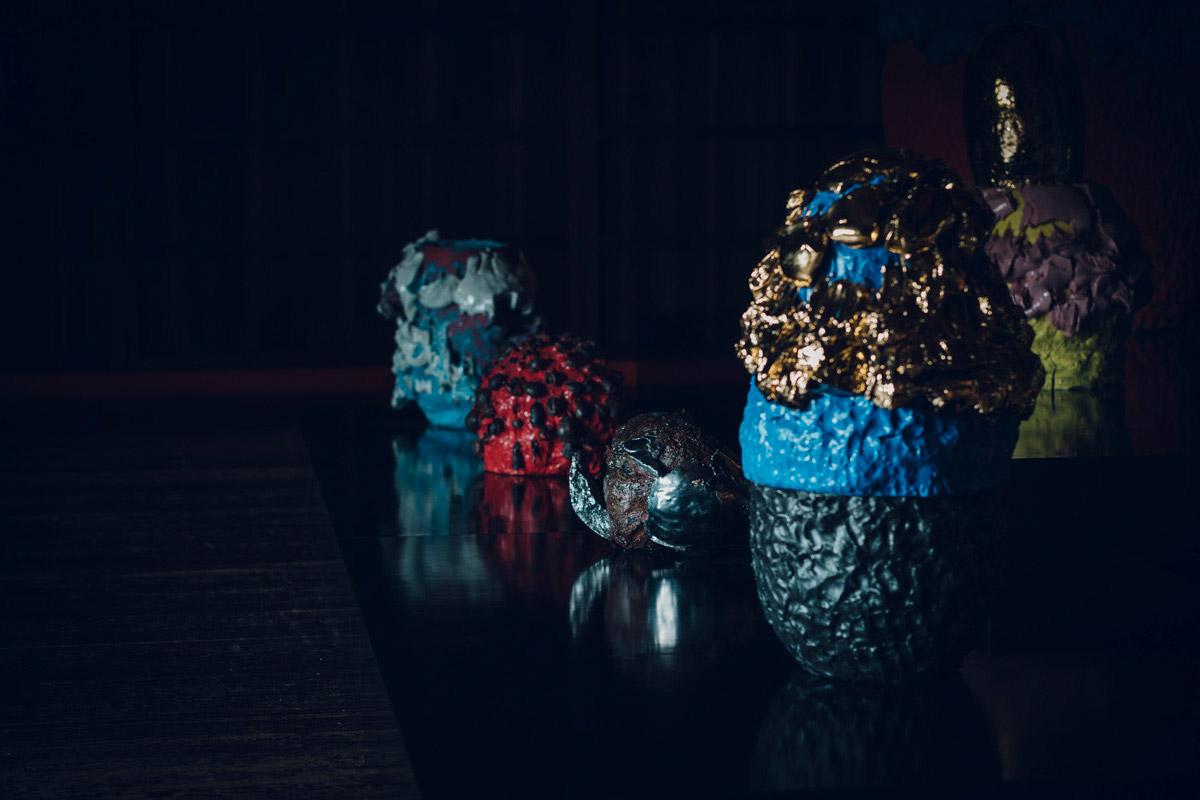
For some, the work of Takuro Kuwata is reminiscent of pieces made by Jeff Koons and Andy Warhol, and we can see why, as his work exhibits “balance amidst their quirkiness”, elevating his ceramic work to new, modern forms of aesthetic expression and beauty, basically breaking the rules and setting new boundaries – things that both Koons and Warhol achieved, all while being very conscious about pop culture, just like Kuwata. We’re nothing but excited to see what’s coming out next from Kuwata’s workshop.
All images attached to this article are not property of Lorem Ipsum and were crafted by the artists mentioned above.
Sources:
nudapaper.com/













